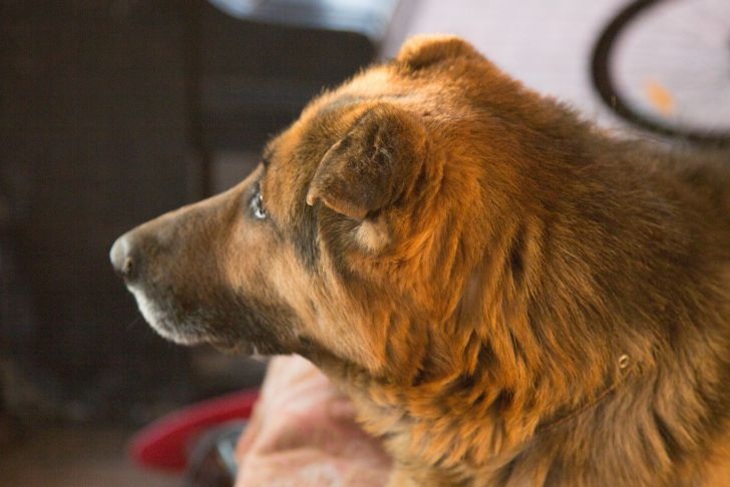Your Dog Secretly Hates This Food! Vets Demand You Remove It From Their Diet Immediately
The latest research by veterinary nutritionists from Tufts University (USA) is shocking.
Popular treats that owners believe are safe may cause chronic diseases in dogs.
What foods should be removed from your pets' diet?
We are not talking about cheap food - even expensive brands sometimes include ingredients that provoke allergies, obesity and gastrointestinal problems. For example, dried pig ears, which are sold as a natural treat, contain up to 80% fat.
For a 10 kg dog, this is equivalent to a human eating two Big Macs at once. Veterinarians note that regular consumption of such products leads to pancreatitis, especially in small breeds.
Another hidden enemy is treats with “natural meat” without indicating the origin.

In 2023, the FDA published a report: 15% of samples contained traces of antibiotics and heavy metals. Products from China, where control over raw materials is weaker, are especially dangerous. But how can you tell if food is harmful to your dog? Warning signs: frequent itching, red spots on the skin, diarrhea after eating. Owners often attribute this to seasonal allergies, but the problem may be in the diet.
What to do? Veterinarians advise switching to AAFCO or FEDIAF certified treats and replacing fatty snacks with carrots or apples. The main thing is not to trust bright labels.
The label “hypoallergenic” does not guarantee safety: the ingredients may include chicken or beef, the main allergens for dogs. Check your pet’s bowl right now: if there is any of these in it, you may be feeding it poison.
But this is just the tip of the iceberg. Veterinary experts are paying attention to artificial additives that manufacturers disguise as “healthy” components.
For example, ethoxyquin is a preservative banned in human food due to links to liver disease. It is still added to some pet foods to extend shelf life.
Research from the University of California has shown that dogs that regularly consume ethoxyquin are twice as likely to develop tumors. Yet it can be labeled as an “antioxidant” on the label without listing the risks.
No less dangerous are the dyes that make food "appetizing" to the human eye. Red and yellow food dyes (E129, E110) are associated with hyperactivity and kidney damage in animals.
In Europe, their use in feed is strictly limited, but in other regions such ingredients are found even in premium brands. Owners have no idea that the bright granules in the pet's bowl are a chemical cocktail, not a sign of quality.
What about "natural" food that owners prepare themselves? There are pitfalls here too. Many people think that food "from your table" is healthier than dry food, but this is a myth.
For example, onions and garlic, often added to human food, are toxic to dogs: They destroy red blood cells, causing anemia. Even a small piece can lead to weakness, vomiting, and long-term problems. Veterinarians at Cornell Clinic cite a case in which a Labrador was sent to intensive care after eating onion stew prepared by its owner “with the best of intentions.”
The most insidious enemy is ignorance. Many owners are sure that dogs can be given bones, but veterinarians are sounding the alarm: boiled bones break into sharp fragments that damage the stomach and intestines.
Every year, thousands of pets end up on the operating table due to organ perforation. Tubular bird bones are especially dangerous - they should be excluded from the diet completely. If you want to please your pet, choose special chewing bones made of pressed sinews, but only after consulting a veterinarian.
In conclusion: food is the basis of your pet's health. Do not believe myths, do not save on quality and do not be lazy to read the composition. One mistake can cost the dog his life. Check his bowl right now - you may be holding a time bomb in your hands.
